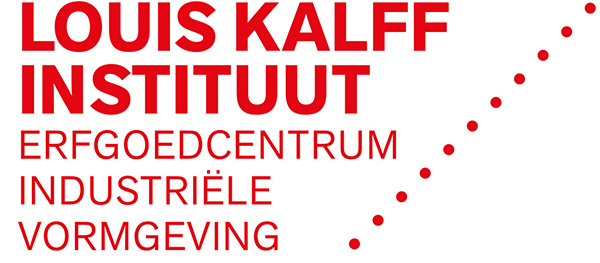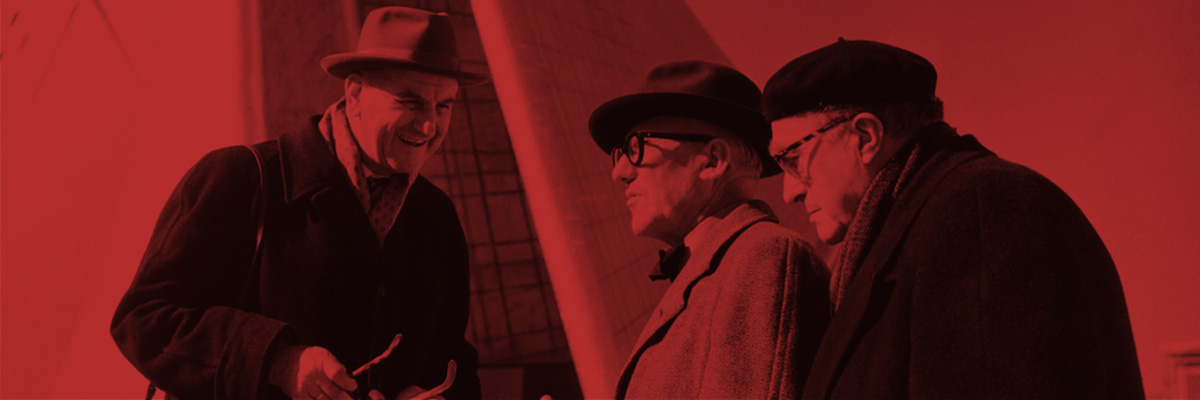Institute for Industrial Design (Instituut voor Industriële Vormgeving, IIV, 1950-1976). Founded as a foundation by K. Sanders and three employers’ associations in order to ‘promote good design of industrial products in the Netherlands’, following the example of the British Council of Industrial Design and with support of the government. The developments in the United States were followed as well. H.I. Keus was the chairman (the director of Heemaf), together with Sanders and A.P. Bruigom.
In the context of industrialisation politics and export promotion, the aim was to increase the quality of Dutch products. To this end the IIV promoted the idea of using designers in the industry. Several companies joined the institute; it functioned as an agent for choosing a designer and gave advice (consultancy). The IIV opened an exhibition space in 1953 and broadened its management board (led by W. van Osselen, the director of Gispen) with representatives from consumer organisations, trade and education. At that point there were around 140 affiliates. In 1960, the IIV had 226 affiliated members and mediated in 70 cases, mostly for small and medium-sized companies.
The IIV was mostly financed by the Ministry of Economic Affairs, which assumed that the institute would eventually be self-supporting. However, subsidies were cut multiple times during the 1950s, and tensions arose since Economic Affairs was not very keen on idealism, improving taste or aesthetics. The institute broadened its plans in 1960 and installed an overarching Council for Industrial Design (Raad voor Industriële Vormgeving), consisting of thirty people out of the industry, trade, education, consumer organisations and the design world. They determined the policy that was to be executed by the IIV and a Centre for Industrial Design. The upcoming Euro market was a reason for Economic Affairs to support the new approach.
The Centre was opened in 1962 in the Beurs van Berlage and showed examples of industrial design approved by the IIV, and organised exhibitions that were aimed at both the consumer as well as the industry. Industrialists paid a contribution. However, the inspections resulted in considerable debate and irritation and the centre was having financial difficulties.
Economic Affairs had its doubts about providing subsidies and the institute’s existence came under pressure. The IIV appointed an ‘industrial officer’ (Jan Balkema) who was now responsible for successfully maintaining relations between the industries and the designers. As a result of their uncertain existence and the varying policies of of Economic Affairs, the Centre was closed in 1969 and the IIV developed a new policy. Around 1970, the institute focused on education and information, and industrial design as a social and cultural phenomenon. In addition, it worked on more focused programmes by means of lectures and workshops. Nico Verhoeven, the acting director, summarised the problems in 1970: ‘the government who gave it a last chance while the industry failed. The municipal services of Amsterdam who saw the IIV as defaulters and the city council who mistrusted the board as ‘unbusinesslike dilettantes’, the industrial designers who regarded us as paternalistic complainers about their interests, and the commercial sector that regarded us as unworldly aesthetes.’ The new approach also led to many internal disputes. Economic Affairs stopped the financial support in 1975, signifying the end of the IIV.
The Dutch version of this biography is taken from the book Visies op vormgeving, het Nederlandse ontwerpen in teksten deel 2: 1940-2000 (2008) by Frederike Huygen. The following sources have been used for this biography:
– cat. ‘Holland in vorm 1945-1987’, Den Haag 1987.

